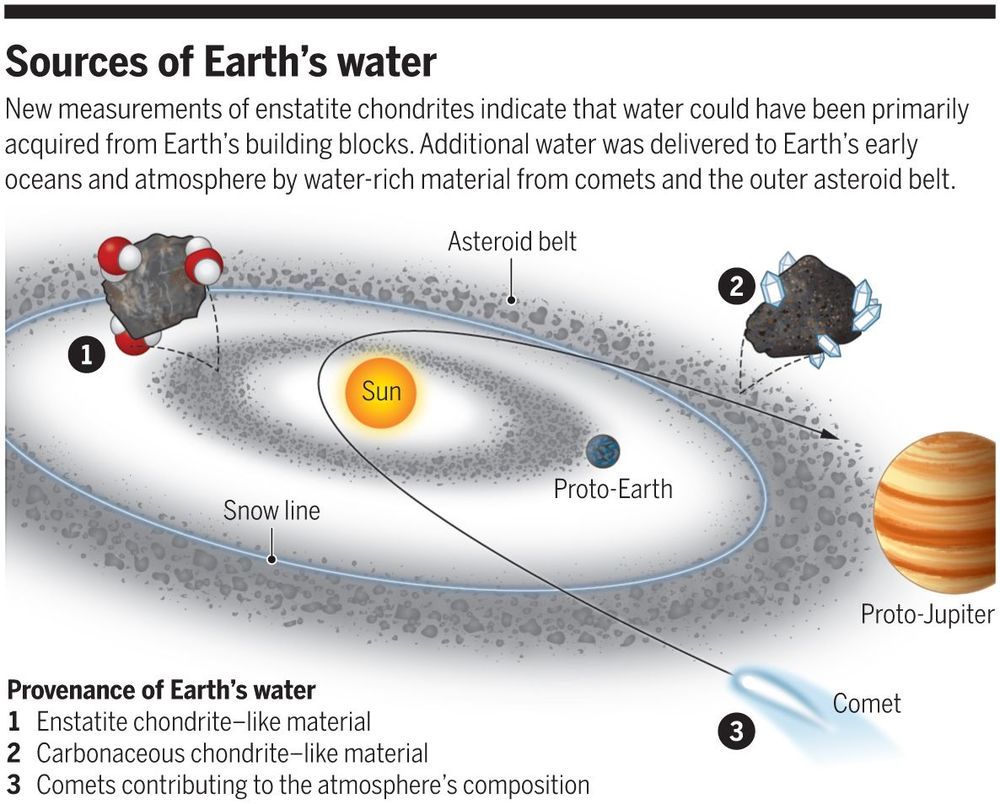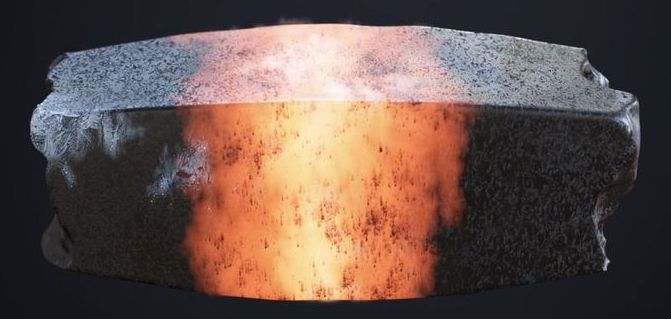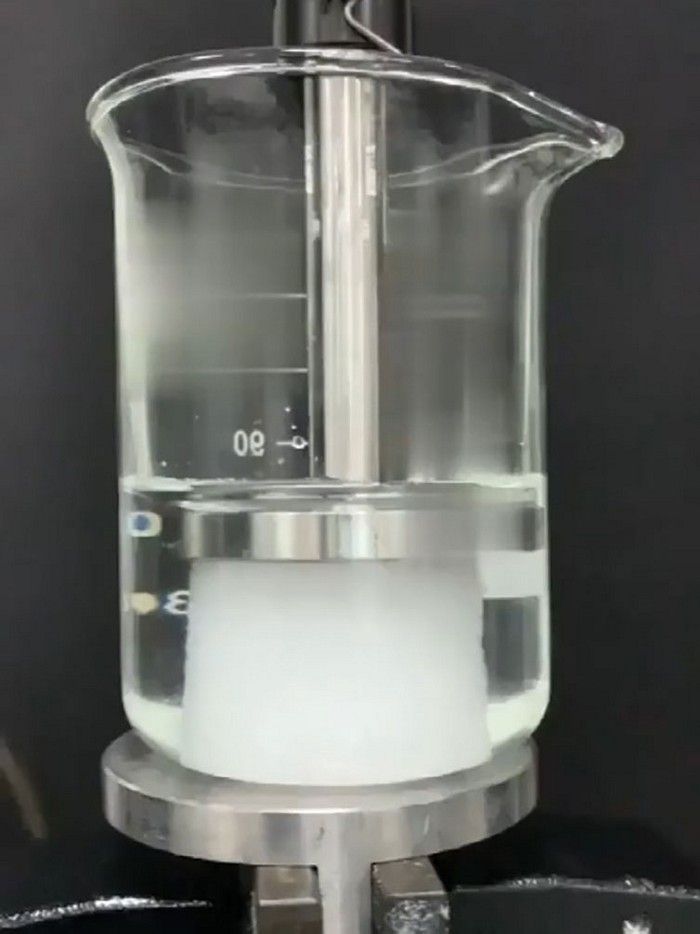Aug 31, 2020
Unexpected Findings Result in New Origin Theory for Earth’s Water
Posted by Genevieve Klien in categories: materials, space
Enstatite chondrite meteorites, once considered ‘dry,’ contain enough water to fill the oceans — and then some.
A new study finds that Earth’s water may have come from materials that were present in the inner solar system at the time the planet formed — instead of far-reaching comets or asteroids delivering such water. The findings published on August 28, 2020, in Science suggest that Earth may have always been wet.
Researchers from the Centre de Recherches Petrographiques et Geochimiques (CRPG, CNRS/Universite de Lorraine) in Nancy, France, including one who is now a postdoctoral fellow at Washington University in St. Louis, determined that a type of meteorite called an enstatite chondrite contains sufficient hydrogen to deliver at least three times the amount of water contained in the Earth’s oceans, and probably much more.















